
 Mold &
Byrophyta &
Ferns &
Gymnosperm &
Angiosperm &
Sponges &
Amphibian
Mold &
Byrophyta &
Ferns &
Gymnosperm &
Angiosperm &
Sponges &
Amphibian
Molds
1. There are two major types of slime molds: plasmodial slime bolds, which belong to the phylum Acrasiomycota, and cellular slime molds which make up the phylum Acrasiomycota. Slime molds are distinctly animal like during much their life cycle, moving about and engulfing food in the same way that amoebas do. They reproduce by making spores, a fungus like characteristics.
2. Plasmodia slime molds get their name from the fact that they form a plasmodium, a mass of cytoplasm that contains many diploid nuclei but no cell wall or membranes.
3. During feeding stage, cellular slime molds exist as individual, haploid, amoeboid cells that feed, grow, and divide by cell division.
4. Mold is a simple fungus, which gets its food from fruits, vegetables, grains and meats. Mold starts out as a tiny spore (think of it as a seed) that lands on a food source. One of the most common food sources is bread that we leave sitting out.
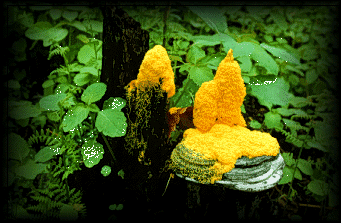
Slime mold
Byrophyta
1. Bryophytes are nonvascular, nonseed plants that include mosses and liverworts.
2. Adequate water is not available everywhere, so mos bryophytes are limited to moist habitats such as by stream and rivers or in humid tropical forest. Lack of vascular tissue aslo limits the size of bryophytes.
3. As in all plants, the life cycle of bryophytes includes as alternation of generations between the diploid sporophytes and the haploid gametophytes.
4. However. bryophytes are the only plant division in which the gametophyte generation is dominant.
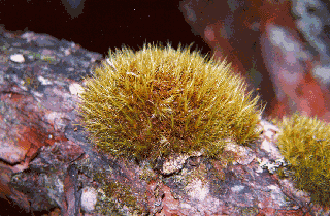
Byrophyta
Ferns
1. As with all vascular palnts, it is the sporophyte generation of the fern that has roots, stems, and leaves , and this is the plant we ccommonly recognize.
2. The gametophyte is most ferns in a thin, flat structure that is independent of the sporophyte.
3. The thick underground stem is called rhizome. The leaves of a fern are called fronds and grow upward from the rhizome. The fronds of ferns are often divided into leaflets called pinnae.
4. Ferns are the first of the vascular plants to have evolved leaves with branching veins of vascular tissue. The branched veins in fern transport water and food to and from the cell.
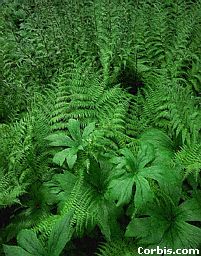
Fern
Gymnosperms
1. Among the early seed- bearing plants were the gymnosperms. Gymnosperms are vascular plants that produce seeds on the scales of woody strobili called cones. A fruit does not protect the sees of gymnosperms nor do gymnosperms produce flowers.
2. In gymnosperms, the food supply is stored in cotyledons. The embryo is protected during harsh conditions by a tough seed coat. The seeds of many species are also adapted for easy dispersal to new areas, so the young plant does not have to compete with its parent for sunlight, water, soil nutrients, and living space.
3. The term gymnosperms is used to describe four divisions of plants that bear naked seeds: cycadophyta, Ginkgophyta, Gnetophyta, and Coniferophyta.
4. Cycadophyta: are seed plants that shared Earth's forest with the dinosaurs during the Triassic and Cretacious period. Ginkgophyta: were most numerous during the Jrassic period, about 200 million yrs ago. Gnetophyta: Fossil genotophytes are unknown, except for pollen from Permian, upper Creataceous, and tertiary rock formation. Most living geophytes can be found in the deserts or mountains of Asia, Africa, and Central or South America. Coniferophyta: the conifers the largest most diverse division of the gymnosperms are trees and shrums with needle or scale like leaves. Most conifers produce seeds in woody cones.
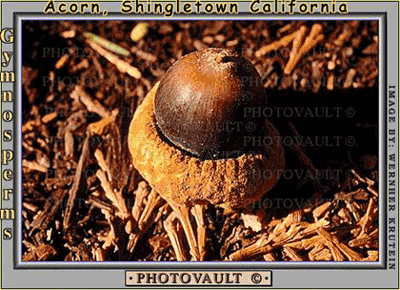
Gymnosperm
Angiosperms
1. Unlike the other seeds plants, an angiosperms produces flowers and develop seeds that are enclosed in a fruit. One of the Advantages of producing fruit enclosed seeds is the added protection the fruit provides for the newly developing plants. The flowering plants are classified in the Division Antophyta.
2. Anthophhytes are made up of two classes, the monocotyledons, or monocots, and the dicotyledons, or dicots.
3. Roots and stems have become adapted to storing food during periods of drought cold or limited sunlight. Roots and stems that function as food storage organs include bulbs, corns, and tuber. A bulb is a short stem enclosed is fleshy lead bases.
4. Roots are the underground parts of a plant. They anchor the plant in the ground, absorb water and minerals from the soil, and transport these materials to the base of the stem. Some plants such as carrots also accumulate and store food in their roots. The total surface area of a plant's roots may be as much as 50 times greater than the surface area of its leaves.
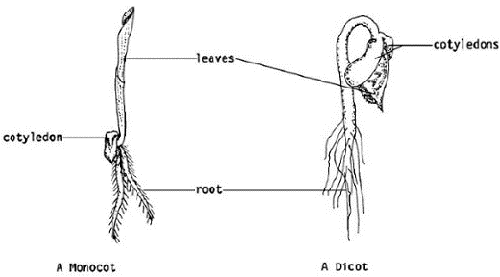
Angiosperms
Sponges
1. Sponges are asymmetrical animals that have a variety of colors, shapes, and sizes. Sponges can be as small as a quarter or as large as a door.
2. No matter where sponges live, they are sessile organism. Remember, a sessile organism is one that remains permanently attached to a surface for all of its adult life.
3. Sponges have no tissues, organs, or organ system. The body plan of a sponge is simple, being made up of only two cell layers with no body cavity. Between these two cell layers is a jellylike substance that contains cells, as well as the components of the sponge's internal support system. Sponges have four types of cells that perform all the function necessary to kepp them alive.
4. Water and wastes are expelled through the osculum, the large opening at the top of the sponge. the sponge no bigger than a pen can move more than 20 L of water through its body per day.
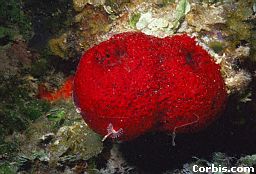
Sponges
Amphibian
1. any member of the class Amphibia, vertebrates distinguished by their ability to exploit both aquatic and terrestrial habitats.
2. They include the frogs and toads, salamanders and newts, and caecilians. The name, derived from the Greek amphibios meaning “living a double life,” reflects this dual life strategy. Despite this distinction, however, some species are permanent land dwellers, while other species have a completely aquatic mode of existence.
3. Being the earliest tetrapods to adapt to a terrestrial existence, primitive amphibians are regarded as intermediary life-forms between fishes and reptiles.
4. Modern amphibians are not, however, strictly transitional in their morphology; during their successful radiation throughout the world, they have achieved a variety of modifications that do not exemplify this intermediate status but are specific adaptations to their environment. One such example is the skin, which is kept moist by mucus-secreting glands and is involved in respiration and maintenance of water balance.
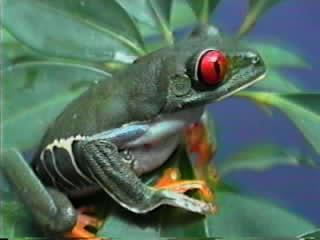
Amphibian
 InDeX
InDeX
TOP

 Mold &
Byrophyta &
Ferns &
Gymnosperm &
Angiosperm &
Sponges &
Amphibian
Mold &
Byrophyta &
Ferns &
Gymnosperm &
Angiosperm &
Sponges &
Amphibian







 InDeX
InDeX